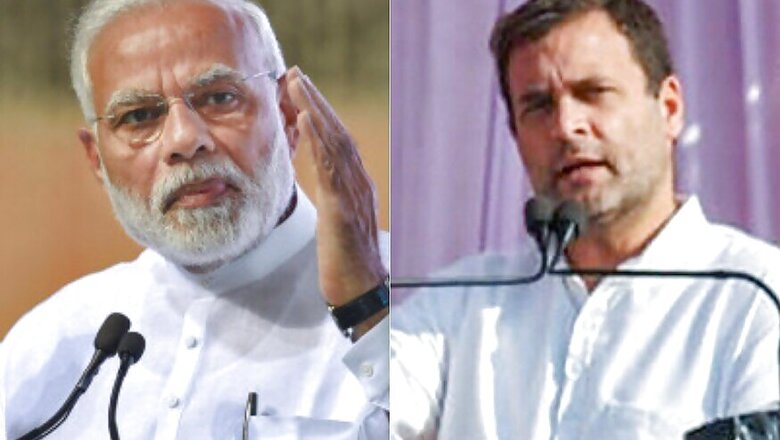
views
New Delhi: Prime Minister Narendra Modi started his campaign in Maharashtra for the impending Lok Sabha elections in full force from Wardha on Monday. Incidentally, in Rahul Gandhi’s Maharashtra campaign itinerary, Wardha is the first stop on April 5.
But, what makes a small Vidarbha constituency the focal point of politics for both the Congress and the BJP in Maharashtra this election?
A quaint town in western Maharashtra, Wardha had played a crucial role in the Gandhian movement, and therefore, was at the centre of activities in pre-independence era.
After the Dandi March in 1930, Gandhi was imprisoned for more than two years and on his release decided to make a village in central India his headquarters. Then, he came to Wardha in 1934. He built an Ashram in the outskirts of Wardha and named it ‘Sevagram’.
The Ashram employed ‘harijans’ in the common kitchen to break the caste barrier. Many decisions on important national matters and movements were taken at Sevagram. Thus, it became the central place for a number of institutions for nation building activities devised by Gandhi to suit the inherent strength of India.
Wardha remained the citadel of the Congress party for years after independence. However, the Congress suffered its first setback in 1991 when Ramchandra Ghangare of CPI won the seat and in 1996, it was grabbed by BJP's Vijay Munde.
Since then, Wardha has remained an unpredictable seat for all political parties as the pendulum of power kept oscillating between the BJP and the Congress.
In the 2014 election, Ramdas Tadas of the BJP won by a huge margin of over 2.15 lakh votes. He defeated Congress’ Sameer Meghe. Sameer, son of Datta Meghe who was once a prominent leader of the Congress, later joined the BJP. Interestingly, Tadas was originally from the Nationalist Congress and joined the BJP in 2009.
Second generation in action
After a landslide victory of the CPI in 1996, the Congress’ flag was once again unfurled in 1998 with Datta’s victory. He secured his win with a margin of 95,000 votes against the BJP's Suresh Waghmare. Again in 1996, former Congress state chief Prabha Rao contested from Wardha and won.
Cut to 2019, Rao’s daughter Charulata Tokas is contesting from the same seat for the Congress while the Meghe clan has switched over to the rival BJP.
Despite Sameer’s efforts to convince the BJP to field him against Charulata, the party has nominated Ramdas making the fight between the Tadas and the Tokas. The constituency of Wardha covers six assembly seats – Dhamangaon Railway, Morshi, Arvi, Deoli, Hinganghat and Wardha.
Back in 2014, both PM Modi and Rahul Gandhi carried out full-fledged campaign in Wardha.
That being said, compared to Wardha other Vidarbha seats are more vibrant and politically important, yet, these national political adversaries keep coming back to the ‘unpredictable’ battleground for its history.



















Comments
0 comment